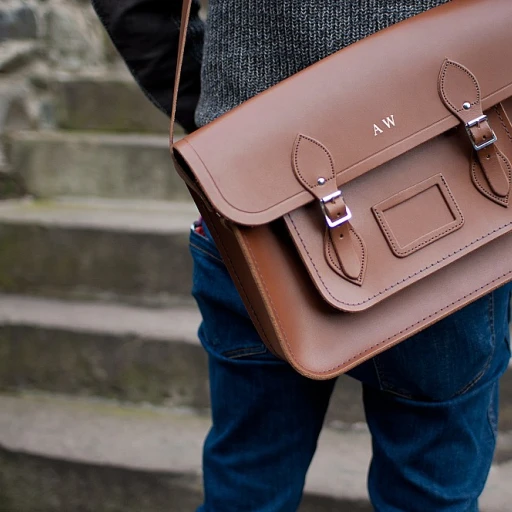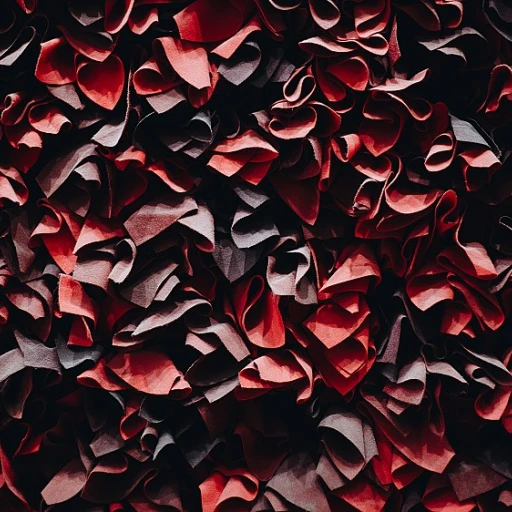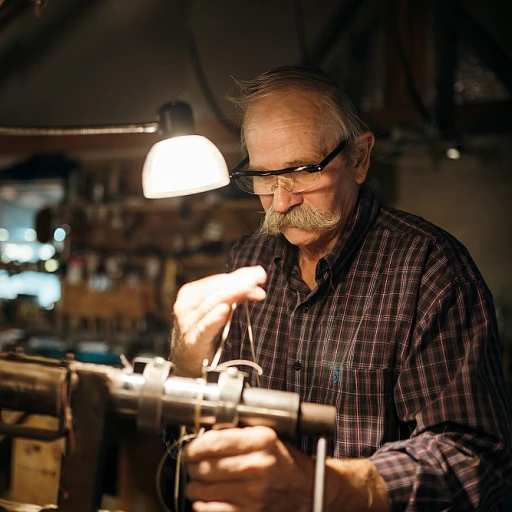Understanding Ovine Leather
Ovine vs. Other Types of Leather: An Intriguing Comparison
Ovine leather, a distinctive and luxurious material, distinguishes itself from other leathers with its soft texture and fine grain. Often sourced from sheep and lambs, this leather is highly sought after for its versatility and superior quality. Compared to cow leather, which is typically thicker and more robust, ovine leather—such as lambskin or sheepskin—boasts a softer, more delicate feel. This unique softness makes it an ideal choice for intricate items such as a supple leather jacket or an elegant bag. When considering buying a leather product, it's important to understand the subtleties of different types. While goat leather is known for its durability and distinct natural grain, ovine leather impresses with its smoothness and lightweight nature. The tanning process further elevates its qualities, enhancing its soft and luxurious appeal.The Appeal of Ovine Leather's Texture and Durability
Products made from ovine leather, particularly nappa leather, are favored for their enduring comfort against the skin. The fine sheepskin leather used in these products has a refined surface, which feels luxurious and looks elegant. This quality makes ovine leather goods, like a handcrafted jacket or a chic handbag, a worthwhile investment. When assessing the sale price of a leather good, ovine leather products often retain value due to their high demand and premium craftsmanship. The unmatched feel of lamb leather and sheepskin, combined with expert artisanship, results in leather products that are both functional and fashionable. For those interested in exploring elegant leather options for special occasions, this comprehensive resource on anniversary leather gifts may provide inspiration when choosing sophisticated gifts made from this cherished material.The Craftsmanship Behind Ovine Leather Goods
The Artistry of Crafting Ovine Leather Goods
The transformation of ovine leather into stunning luxury products is a meticulous journey that requires expertise and precision. Renowned for their exceptional softness and captivating texture, these leather goods stand out in the premium market. The process begins with selecting quality hides from sheep and lamb, known for their fine grain and flexibility.
Once the selection is made, the tanning process begins. This stage is crucial to achieving the softness and durability that define ovine leather. Tanning transforms raw hides into supple leather, capable of retaining its rich color and texture through years of wear. Utilizing advanced techniques, artisans ensure the leather's surface remains pristine, even in products as refined as a leather jacket or a handbag.
Craftsmen invest time honing their skills, working with the natural properties of sheep, lamb, and occasionally goat leather, to emboss, dye, and stitch each piece. This hands-on approach breathes life into each creation, resulting in a product as unique as its wearer. High-quality lambskin and sheepskin leather are particularly favored for their softness and comfort in finished goods.
The artistry is not limited to traditional leather products but extends to innovative designs that capture current trends. From sleek black leather jackets to intricate accessories, these creations speak volumes of the craftsmen's dedication to quality. Ensuring every detail is perfect, from the soft texture of nappa leather to the sturdy form of cow leather, is what elevates ovine leather goods to a class of their own.
Moreover, shipping these luxurious goods across the globe needs careful oversight to maintain their pristine quality, confirming the importance of careful handling during every stage of their journey.
Sustainability and Ethical Considerations
Sustainable Practices and Ethical Considerations in Ovine Leather Production
When it comes to luxury, the allure of soft, grainy ovine leather is undeniable. However, understanding the implications of its production helps ensure that our love for these exquisite products doesn't compromise the planet or animal welfare. As discerning shoppers navigate the realm of opulent leather goods, sustainability and ethics have become central to the conversation. The production of ovine leather, derived primarily from sheep and goats, involves the intricate tanning process. This delicate procedure transforms raw skins into durable leather, suitable for creating everything from jackets to intricate sheepskin leather accessories. The tanning industry has made strides in adopting more sustainable practices, aiming to minimize environmental impact while maintaining the high quality expected from such products. Ethical sourcing is another significant consideration. It's crucial to ensure that leather sheep and goats are raised in environments that adhere to animal welfare standards. The leather industry is increasingly emphasizing transparency, allowing consumers to make informed decisions. Real leather products with a verified purchase often provide insights into the origins of the material and the ethical practices involved in their production. The price of high-quality ovine leather products can be reflective not only of their craftsmanship but also of efforts to employ sustainable and ethical practices. Brands committed to this path often offer additional assurance that their goods have been produced with both ecological and social responsibility in mind. In a world where the demand for luxury remains strong, staying informed about sustainable leather options allows consumers to enjoy products like soft lambskin leather jackets without guilt. Supporting brands that champion environmentally-friendly and ethical leather production helps preserve the planet for future generations, ensuring that luxury remains aligned with responsibility. When shopping for your next exquisite leather piece—be it a {"elevate your travel experience"} or a chic leather jacket—consider how sustainability and ethics play into your purchase. Doing so not only furthers your enjoyment of these products but also supports a future where elegance and conscience coexist seamlessly.Caring for Your Ovine Leather Products
Preserving the Elegance of Your Leather Goods
Owning luxury leather items, such as those made from exquisite ovine leather, demands a certain level of attentiveness to ensure longevity and maintain their natural beauty. Ovine leather, including varieties like sheep, goat, and lambskin, is renowned for its softness and fine grain, making it a preferred choice for high-quality leather products. Here's how to care for these precious items properly. To maintain the supple nature of lambskin leather, prevention is key. Always store your leather jackets or bags in a cool, dry place, away from direct sunlight which can cause fading. Opt for storage areas with good ventilation to prevent any trapped moisture and potential mold growth. Using a dust bag or breathable cover can protect against dust and dirt. Regular cleaning is a fundamental aspect of leather care. For ovine leather products, using a gentle leather cleaner specific to sheepskin or lamb leather is advisable. Avoid harsh chemicals that might affect the natural oils and texture. After cleaning, conditioning is crucial. A quality leather conditioner will help restore the softness of the leather, maintaining its luster and preventing the material from drying out. In terms of repairs or more intensive care needs, such as the tanning process maintenance, relying on professionals with verified expertise in handling real leather is indispensable. They can provide specialized services to revitalize the texture and color of your leather products, including rare pieces like black or nappa leathers. Finally, handle your leather items with care to prevent undue stress, which could lead to wrinkles or scratches. Whether made from goat leather, leather sheepskin, or leather goat, these products will benefit from thoughtful use and attention. By following these steps, you can ensure your ovine leather items, whether a leather sheep jacket or a sheepskin accessory, remain a valuable part of your wardrobe, retaining their quality and allure over time. Remember, investing in quality leather equates to preserving its elegance for years to come.Comparing Ovine Leather to Other Luxury Leathers
Ovine Leather in Contrast to Other Luxurious Leathers
When considering luxury leather products, ovine leather, particularly derived from sheep and lamb, presents an interesting comparison to other famed types such as cow, goat, and nappa leather. Ovine leather, sourced primarily from sheep and lamb, is celebrated for its soft and velvety texture. This softness and natural grain make it a preferred material for high-quality leather jackets and other premium products, providing an unrivaled comfortable fit. Its flexibility and lightweight characteristic stand out, especially when comparing with cow leather, which tends to be thicker and more durable, but heavier. Lambskin, a popular variant of ovine leather, offers a luxurious experience favored by many for its fine texture and aesthetic appeal. It compares well with nappa leather, another soft and pliable option, although nappa – often crafted from goat or sheep hides – is renowned for its finely polished surface due to an extensive tanning process. Speaking of goat leather, it's often regarded for its sturdiness and resilience, maintaining a distinct place in the world of luxury leather goods. Goat leather is harder and more resistant to wear and tear compared to the more delicate ovine options, which will still provide adequate durability if maintained well. Finally, all these types of leathers undergo rigorous tanning processes to enhance their quality and longevity. Ovine leather, through its distinctive tanning, emerges with unique elegance, which can justify its price point, especially to discerning customers who value product quality and feel. As you weigh leather options, consider the specific qualities you desire in your leather products, noting that each type carries intrinsic characteristics that impact not only the style, appearance, and comfort, but also the long-term value and maintenance required.Trends in Ovine Leather Goods
Current Waves in the Ovine Leather Sector
As the luxury leather market continues to evolve, ovine leather is increasingly recognizing its unique charm and adaptability. This shift is driven by various factors including texture, durability, and ethical considerations. When comparing soft and supple lambskin to stiffer cow leather, ovine options have become particularly popular for those seeking high-quality leather jackets and handbags. The fine grain of sheep leather lends itself to a smooth finish that appeals to those who appreciate a fashionable yet timeless look. Products crafted from lamb leather often boast a softer touch, ensuring both comfort and style.- Diverse Range of Products: The versatility of ovine leather allows it to blend seamlessly into various products. From luxurious leather jackets to finely crafted handbags, the adaptability of lambskin leather cannot be overstated.
- Color Trends: While classic black leather continues to dominate, softer shades and natural tones are gaining traction. This shift towards lighter colors can be attributed to the grain's easy absorption during the tanning process, allowing for more diverse color palettes.
- Price Considerations: With the increasing demand, the market has seen a slight uptick in pricing. However, for those with verified purchase experiences, the durability and quality of these products justify the investment.
- Sustainability Alignments: As covered previously, ethical considerations, including sustainable sourcing and humane practices, have become key in consumer purchasing decisions. The tanning process for sheep leather, often favored for its environmentally-friendly attributes, plays a significant role in this trend.
- Rising Popularity of Sheepskin Leather: Items such as soft sheepskin leather coats are seeing a resurgence due to their practicality in colder climates, standing testament to both their aesthetic and functional appeal.
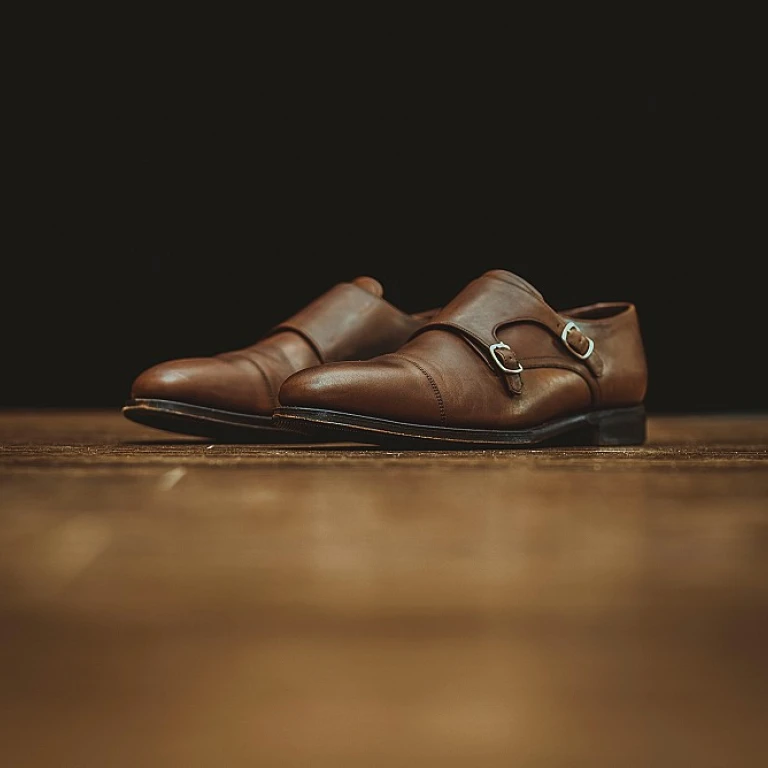
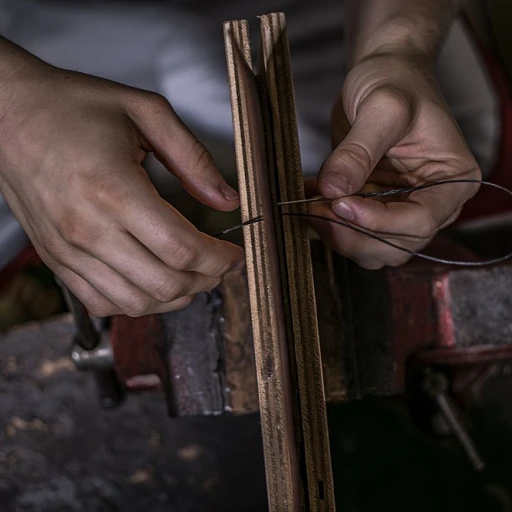
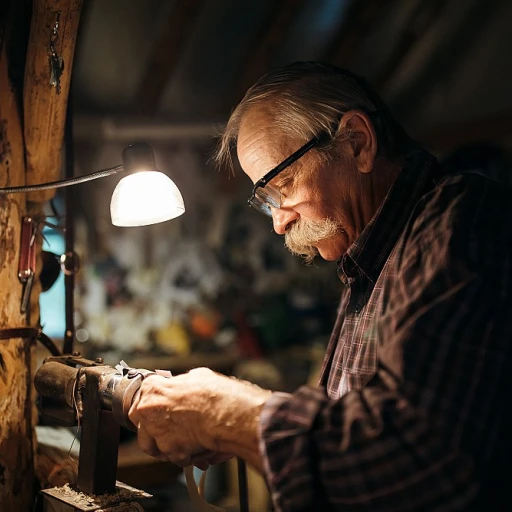
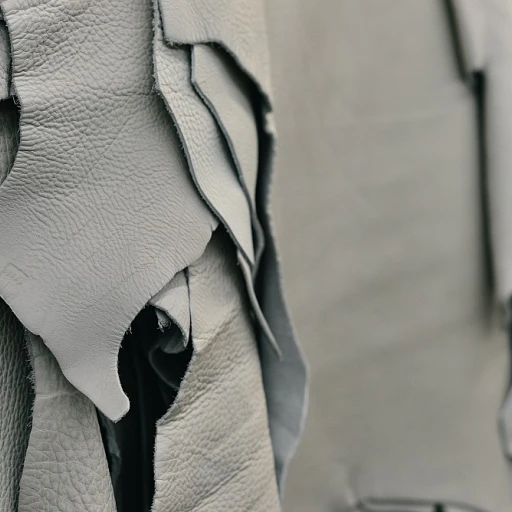
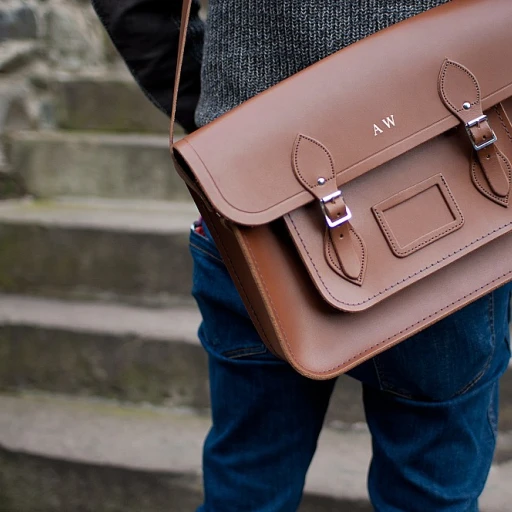
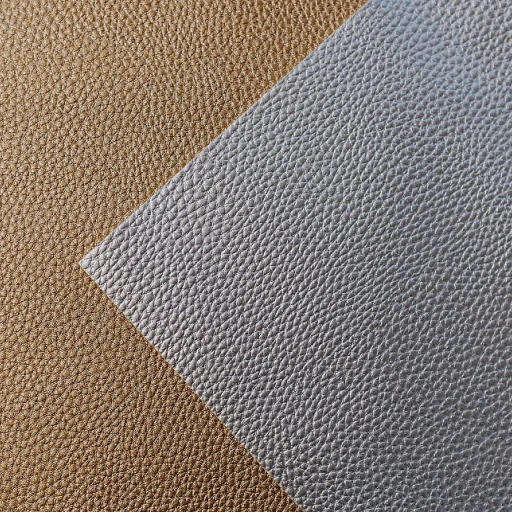

-large-teaser.webp)

